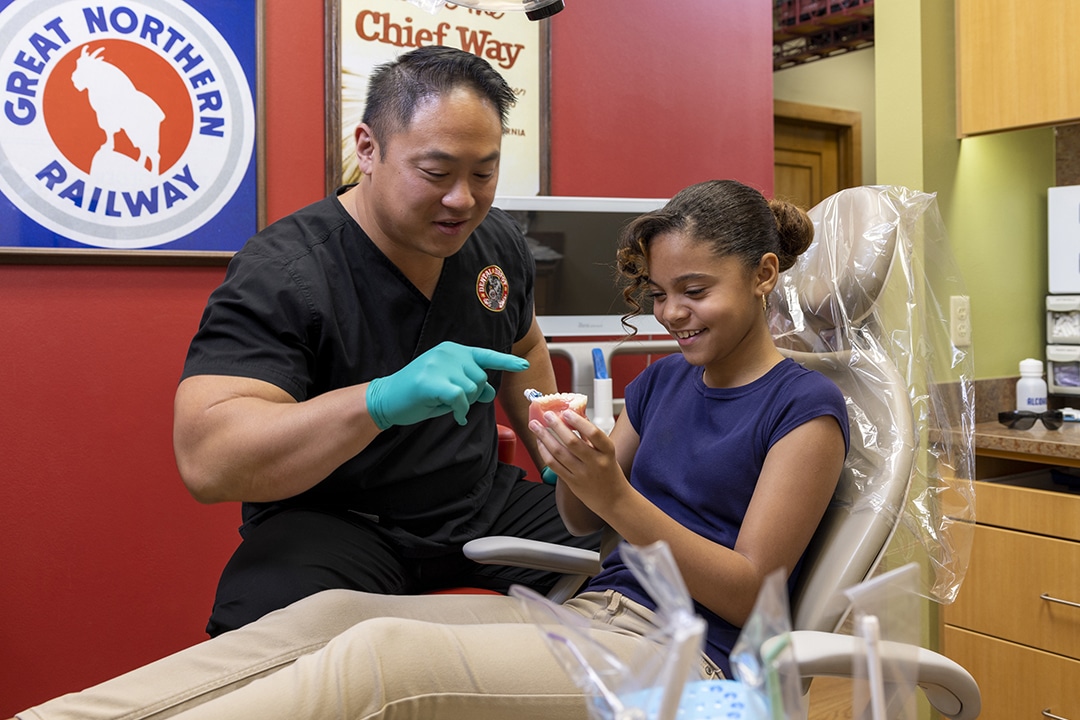One of the many aspects about Dental Depot that makes us unique from other oral surgeons in Oklahoma is that we offer our patients several anesthesia options when undergoing oral surgery.

Anesthesia options will be discussed and your questions will be answered during the consultation. As noted above in #1, past or present alcohol or drug habits can affect the anesthesia. It is extremely important for you to notify our doctors and their assistants if this applies to you.
If a driver is required with the anesthesia option recommended for you, your driver must remain at the facility for the duration of your surgery. Drop off and pick up will not be permitted.
